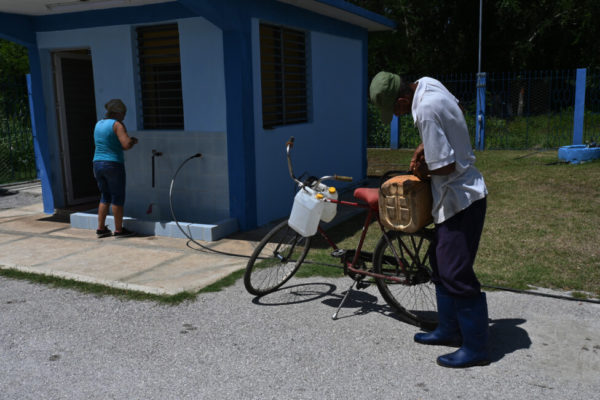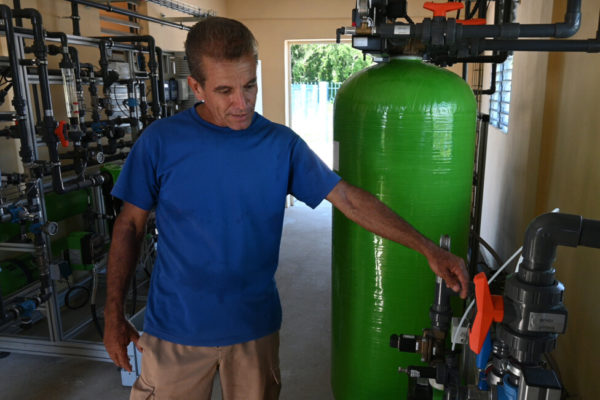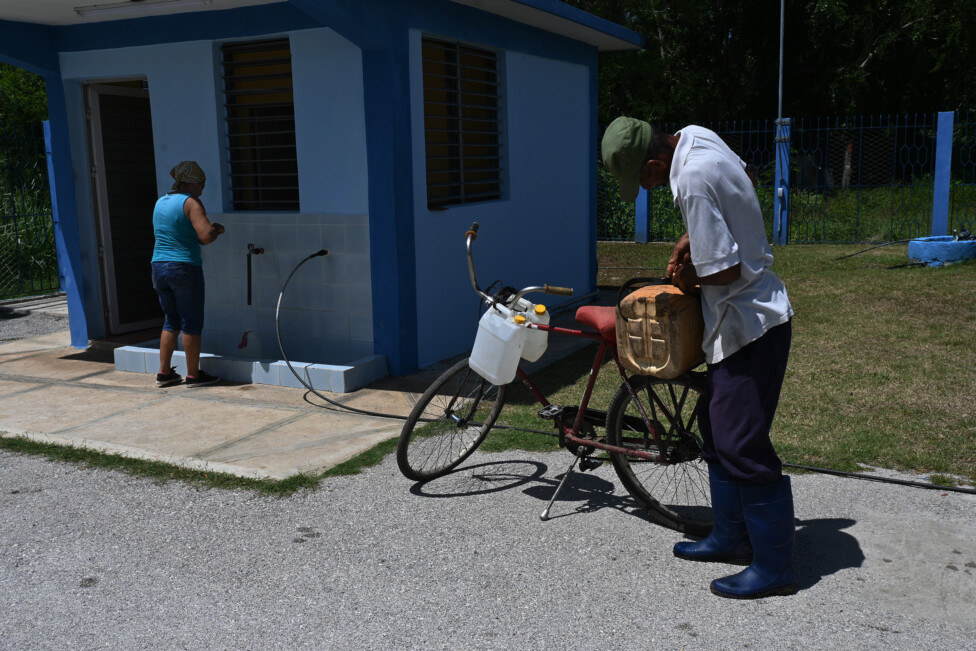
HAVANA TIMES – The day came when hundreds of people from the rural community of Las Mangas in eastern Cuba’s Granma province understood that their long-time suspicions were right – the water they’d drunk for decades wasn’t crystalline at all, rather “slightly salty,” as they put it.
This past August undoubtedly brought positive change, thanks to the entry into operation of a desalinizing plant. Construction on it had begun five years ago, in 2019, with a total investment of US $61,000 according to the Provincial Delegation of Hydraulic Resources
“We did a test, and the water coming from the plant is transparent when it freezes, while that in the taps looks white, due to the impurities. Now, with the plant, people are happy,” community representative Rodolfo Echavarria, 55, told IPS.
Las Mangas is part of the township of Bayamo, Granma’s provincial capital located some 460 miles (740 kilometers) east of Havana. The community receives water through hydrologic networks that pipe the water from a well to the homes.
However, the water source has a salinity level greater than one gram of soluble salts per liter, the upper limit for human consumption according to the standards of the country’s health authorities.
“The desalinizing plant was constructed right at the outlet to this salubrious well, and serves as an easy access point, [where people can come with their recipients] to fill up with the processed liquid,” explained Yasser Vazquez, Granma’s Deputy Delegate of Hydraulic Resources, speaking to IPS in Bayomo.
The new installation is the third of its kind in the province. It can process 16,000 liters of water a day and, according to project staff, benefits some 1,197 inhabitants, although Echavarria believes that the figure is closer to 2,000, since people also come from some surrounding communities – El Chungo, La Bayamesa and Santa Maria, all less than two miles from Las Mangas.
The plant’s purification system utilizes the method of inverse osmosis, one of the most popular techniques worldwide. Other desalinization methods include distilling, freezing, formation of hydrates, rapid evaporation and electrodialysis.
Inverse osmosis processing consists in subjecting salt water to pressure and forcing it through a semi-permeable membrane, which allows the [water] to pass, but not the dissolved salts.
In essence, the membrane separates the water from a pressurized saline solution from its dissolved salts. This water is then passed through other rounds of filtration, and certain chemical substances are added until it reaches the required standards of potability.
Yoel Gonzales, a 52-year-old resident of the community, is the plant’s operator and also head of maintenance. He learned these skills through training courses.
“You have to be very familiar with the [plant’s] functioning, because there are things that can get stuck, as has happened. I’ve lived in Las Mangas my whole life, and this is the best thing that’s happened here. Water’s always been a problem. We used to drink that salty water, and you can taste the acid and the salt,” Gonzalez stated.

A change of airs, or rather, waters
In this community, situated some five miles from Bayamo, the desalinizing facility is open from 6 am to 6 pm. During these hours people come and fill their containers of different sizes from the only spout there.
They now use the slightly chlorinated salty water that flows from the taps in each Las Mangas home or locality only for cleanin


